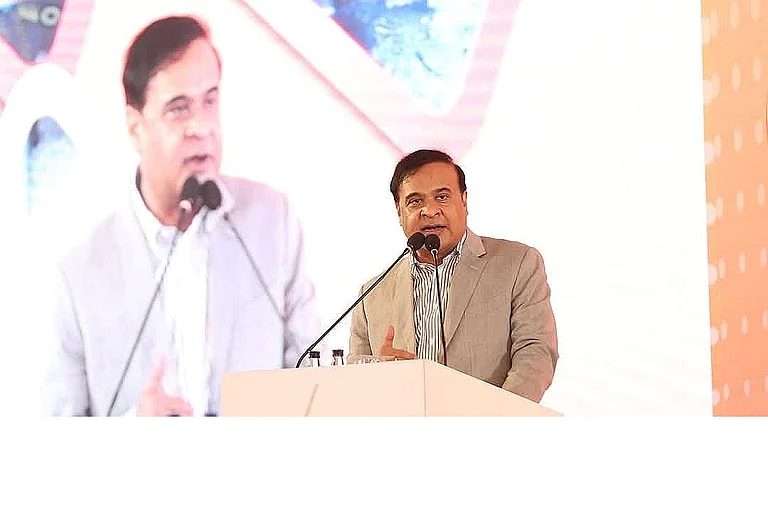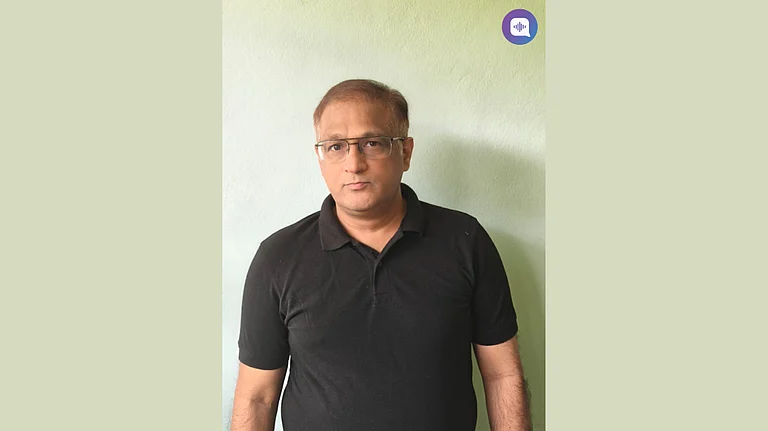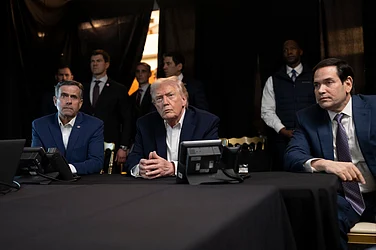How much do we miss those “Peaceniks” or Special Envoys who used to strive to bring peace between warring parties, even short-lived peace, at a time when hate and violence are ruling supreme, claiming thousands of innocent lives in Ukraine, Gaza, or Sudan?
We do miss people like Jimmy Carter (1978 Camp David Sadat-Begin Accord), Johan Jorgen Holst (1993 Yitzhak Rabin-Yasser Arafat Oslo peace process), President Bill Clinton (1993 Rabin-Arafat handshake in Washington DC), Richard Holbrooke (1995 Dayton-conclusion of Bosnian War), Dennis Ross (1995-1997 interim agreement on Gaza-West Bank, also the Israel-Jordan peace treaty and also worked on talks between Israel and Syria) and US Senator George J. Mitchell (1998 Good Friday Agreement Northern Ireland).
Why are such people not re-emerging? Has global conflict resolution diplomacy collapsed? Because of this, humanity is depending only on UN machinery which has “no money, no power-only word” according to UN Secretary General Antonio Guterres. However, the UN has lost in Gaza nearly 100 employees of the United Nations Relief and Works Agency for Palestine Refugees in the Near East (UNRWA) according to the UN Office for the Coordination of Humanitarian Affairs (OCHA).
How could President Jimmy Carter succeed in forging permanent peace between Egypt-Israel in 1978 through the 13-day Camp David talks between Anwar Sadat and Menachem Begin?
However, how did the famous “handshake” after the celebrated Oslo Accords between Yasser Arafat and Yitzhak Rabin on the White House Lawns thirty years ago, coaxed by President Bill Clinton, fail to result in lasting peace between Israel and Palestinians although both along with Shimon Peres were awarded Nobel Peace prizes in 1994?
There are many reasons. On 19 June 2023 the Times of Israel published Israeli archives indicating that the “Left-Wing” Israeli Prime Minister Ehud Barak was “willing to give up its sovereignty in parts of Jerusalem’s Old City, including part of the Temple Mount” when President Bill Clinton was prodding Barak and Yasser Arafat to come to some agreement. That was in July 2000 when Clinton organised the Camp David II Summit.
However, the whole momentum was lost when Likud leader Ariel Sharon defiantly marched on the Temple Mount on September 28, 2000, with 1000 heavily armed policemen and soldiers to provoke Palestinians who started the Second Intifada with suicide bombings.
Despite this, some “Peaceniks” continued to work for reconciliation: Around the same period as the Sharon march, the private Monmouth University in New Jersey brought together Dr. Hiba Husseini, former legal adviser to the Palestinian peace process delegation and Dr. Yossi Beilin, former Israeli Minister of Justice in the Ehud Barak government (1999-2001). They, with their colleagues from the warring sides, prepared a blueprint running into 100 pages for an ambitious “Holy Land Confederation” which would have been the final solution to the “Two-State” proposal. Unfortunately, this never saw the light of day.
In 1977 when Walter Cronkite, famous American broadcaster was working as a catalyst for the Anwar Sadat-Menachem Begin talks, a Paris based lady journalist Dr. Tamara Golan, who was reporting for the BBC and a Hebrew newspaper “Maariv” had succeeded in establishing an informal dialogue group of Israelis and Palestinians.
Patricia Golan (no relation of Tamar Golan) wrote on April 3, 2011, in Jerusalem Post after Tamar Golan passed away on 30 March 2011: "With her fiery red hair and white clothes, Tamar was always an immediately recognisable and striking figure." She also added: "Golan’s famous afternoon teas at her Paris apartment were a de rigueur experience for visiting Israelis, African noblemen and Arab statesmen. It was in her Paris intellectual ‘salon’ that Israelis and Palestinians formed a dialogue group in days when such contacts were illegal."
In the late 1970s, I had the opportunity to interact with Tamar. Without visiting India even once, she was an authority on the prehistoric relations between Jews and Kerala. It was she who told me about the primeval travels of Spanish-Jew Rabbi Benjamin of Tudela who visited Khullam (Kollam) between 1159 and 1173 CE. She preferred vegetarian food and was fond of Kerala vegetarian dishes.
Tamara was a great consensus builder, whether it was between Israeli leader Shimon Peres and Egyptian General Mohammed al-Gamasy, or between the popular African leader Ahmed Sekou Toure of Guinea and the reluctant French interlocutors, as Toure was constantly fighting for more independence in Francophone Africa.
While al-Gamasy was one of the chief architects of the 1973 Yom Kippur war which, in the beginning, had inflicted heavy punishment on Israel, Peres was in opposition to the Golda Meir government, but had joined the Yitzhak Rabin’s Labour government after Golda Meir resigned.
In 1995, Tamara was appointed as the first Israeli Ambassador to Angola. After her tenure she chose to stay in Angola for the removal of landmines throughout the country. Her first love was always Africa.
(The writer is a former Special Secretary, Cabinet Secretariat. Views are personal.)

























